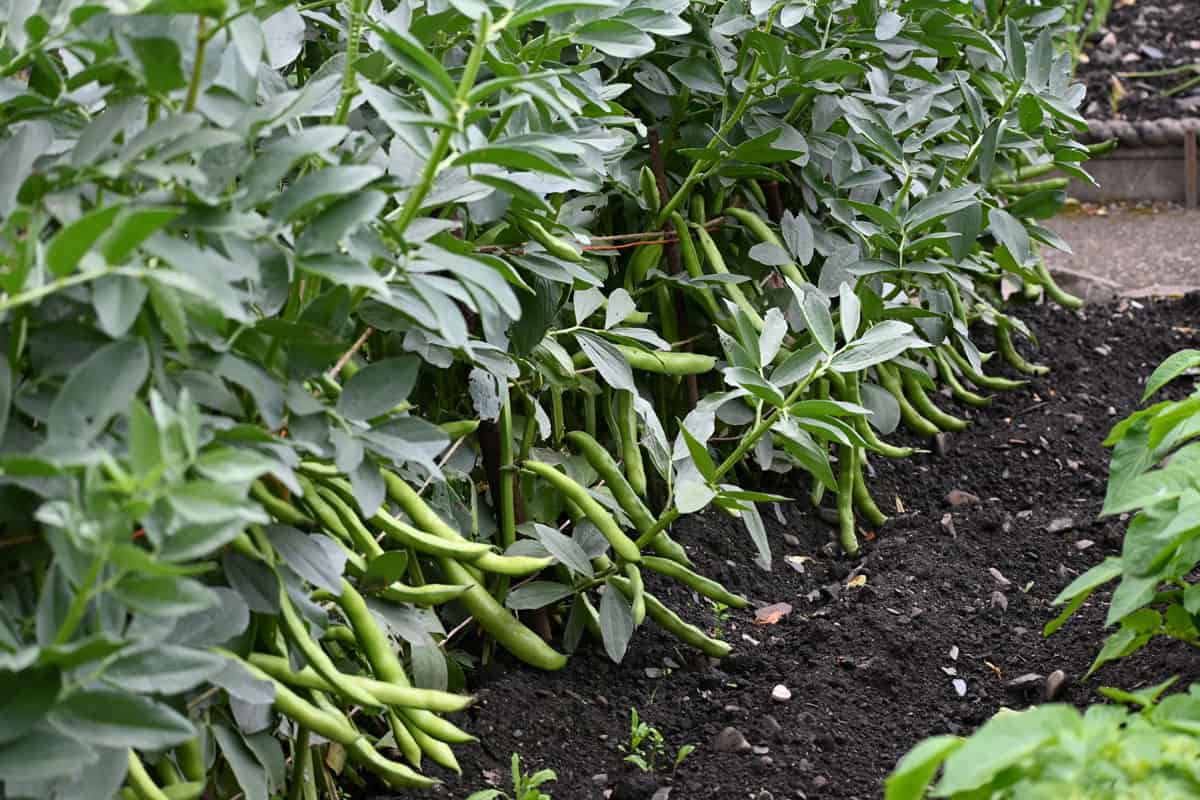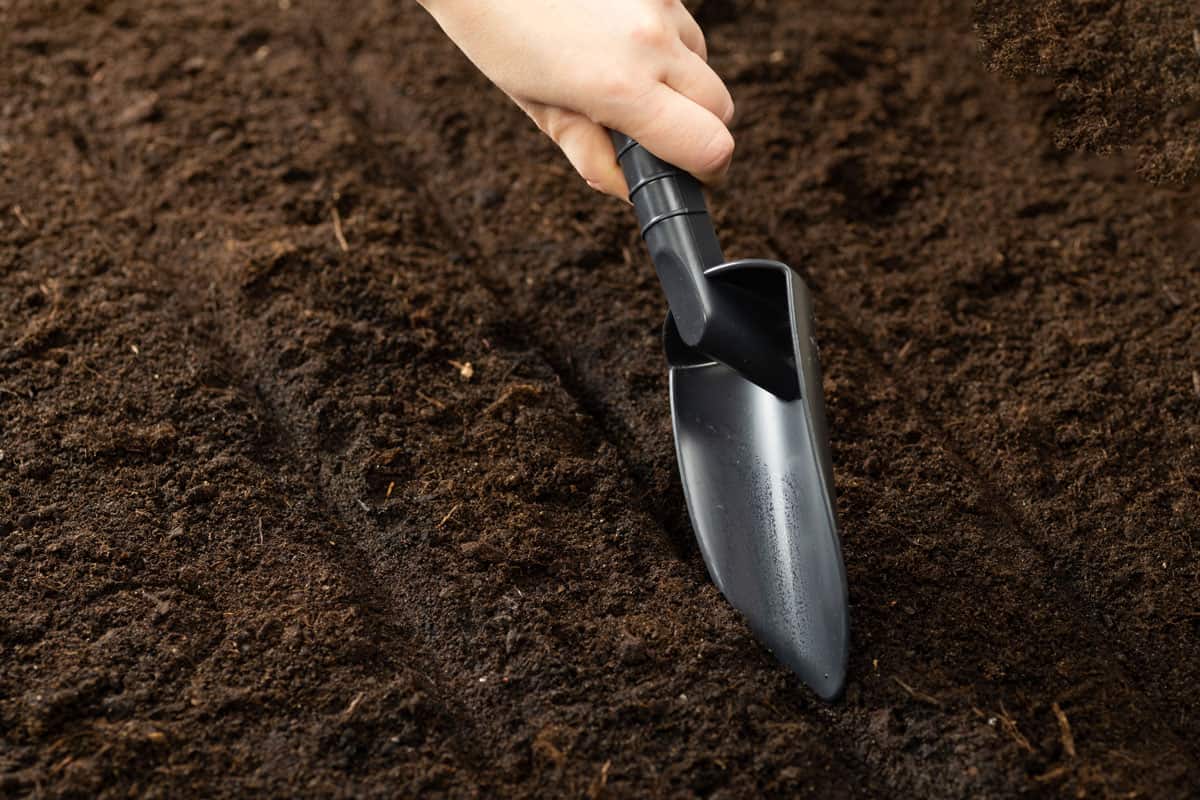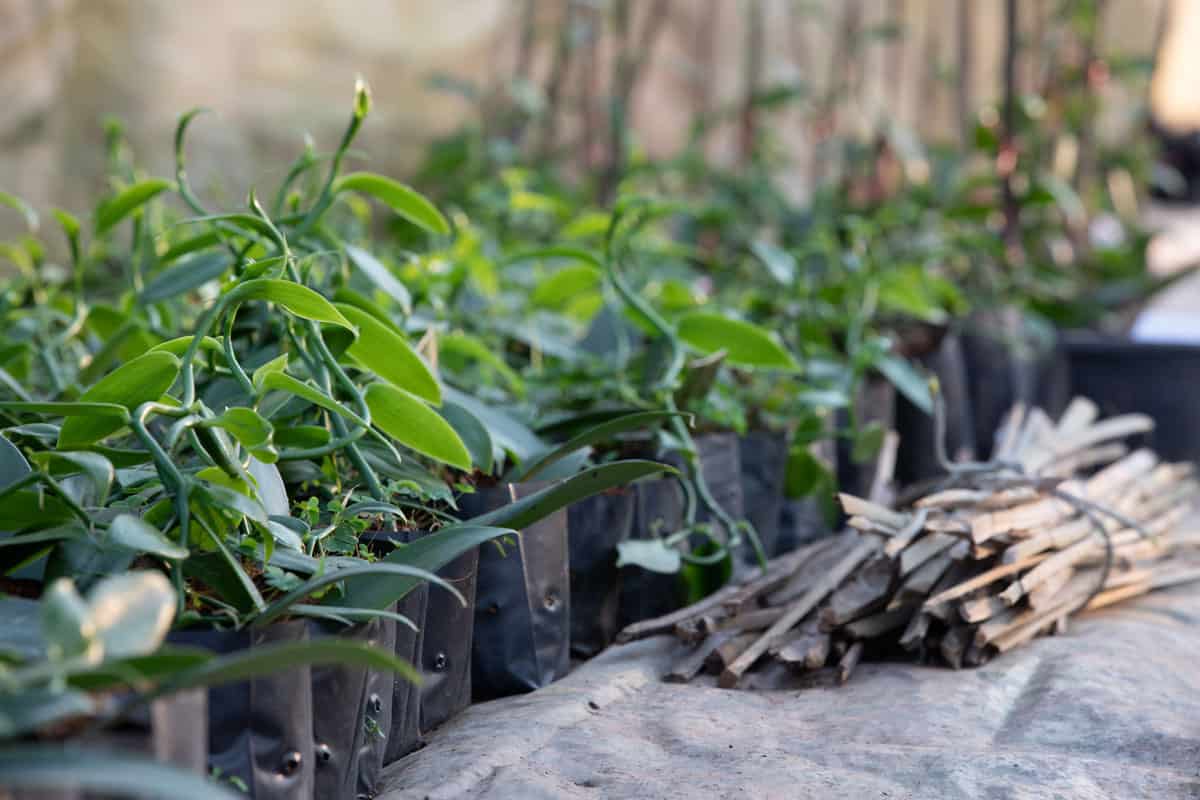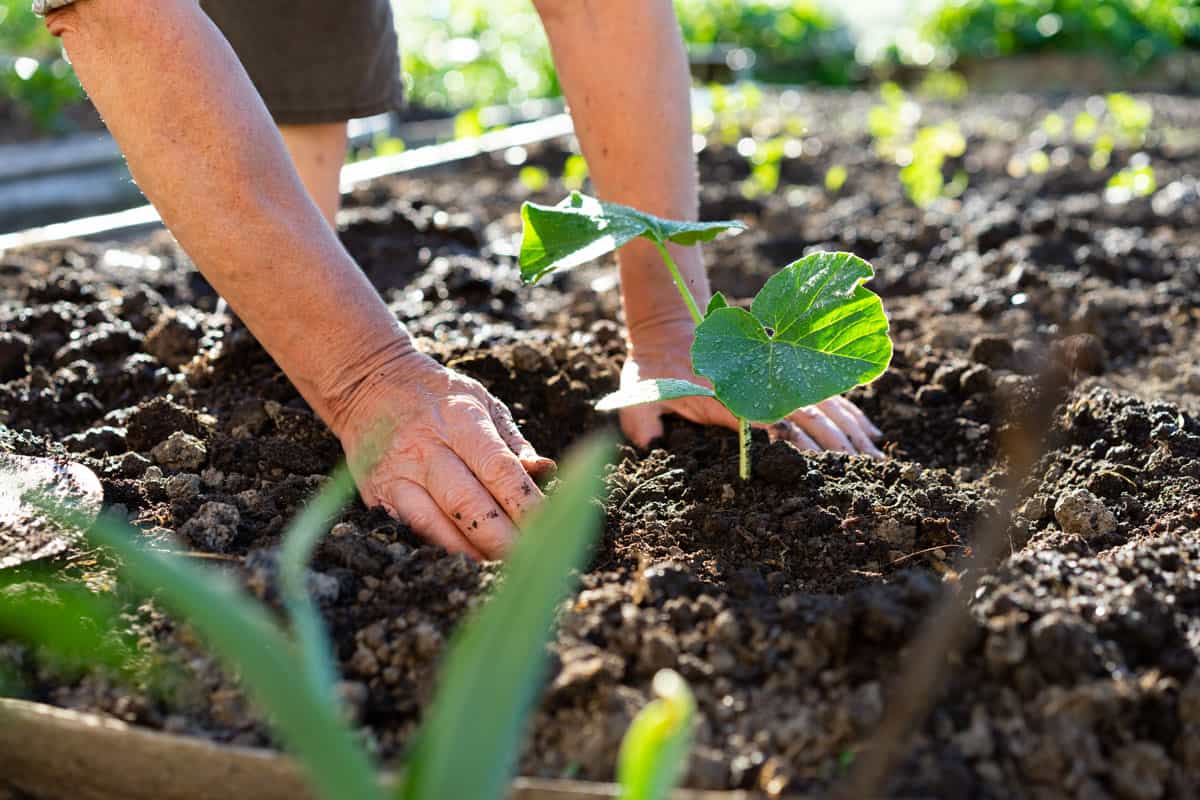The "Three Sisters" is a term coined for the traditional Native American method of planting corn, beans, and squash together.
This efficient, sustainable, and nature-friendly gardening technique is an exemplary representation of companion planting.
The beauty of the Three Sisters lies in their interdependent growth and coexistence, where each plant plays a vital role and mutually benefits the others, ultimately boosting the overall health and yield of the crop.
A Brief History of Three Sisters Planting
Three Sisters planting is deeply rooted in many indigenous cultures of the Americas and was most notably practiced by the Haudenosaunee (also known as the Iroquois Confederacy), which includes nations such as the Seneca, Cayuga, Mohawk, Onondaga, Oneida, and Tuscarora.
Sustainable planting began centuries ago, recognizing the interdependence of corn, beans, and squash.
The Three Sisters were not just crops to be harvested; they represented a profound understanding of the natural world and the importance of harmonious relationships.
The origins of Three Sisters gardening can be traced back to ancient agricultural traditions that recognized the benefits of companion planting.
Cultivating these three crops together, Native Americans created a mutually beneficial system where each plant was crucial in supporting the others' growth and well-being.
The corn provided a sturdy structure for the beans to climb, enabling vertical growth and maximizing space utilization.
The beans enriched the soil through nitrogen fixation, benefiting them and the corn and squash. The sprawling squash plants acted as living mulch, suppressing weeds, retaining soil moisture, and guarding against erosion.
The prickly texture of certain squash varieties deters pests, contributing to natural pest control.
Beyond their practical benefits, the Three Sisters held cultural and spiritual significance.
The planting and cultivation of these crops were often accompanied by rituals, ceremonies, and teachings that honored the connection between humans, nature, and the cycles of life.
Today, the legacy of Three Sisters gardening endures as a testament to the sustainable agricultural practices of Native American cultures.
It serves as a reminder of the wisdom and harmony with which they cultivated the land, respecting the delicate balance between humans and the natural world.
By embracing the Three Sisters method, we gain insights into sustainable gardening techniques and pay homage to indigenous peoples' rich history and cultural heritage.
Understanding the Three Sisters
In the Three Sisters methodology, each plant has a distinct function.
The corn acts as a natural trellis for the beans, offering them the necessary structure and support to grow vertically.

This vertical growth pattern saves space and allows more sunlight to reach the other plants, fostering better growth.
The beans, in return, serve as a natural soil conditioner. They belong to a category of plants called legumes, which can fix nitrogen from the atmosphere into the soil through a symbiotic relationship with Rhizobium bacteria in their roots.

This nitrogen fixation enriches the soil, contributing essential nutrients that are beneficial for all three plants.
Interesting note: While the bean roots are responsible for conditioning the soil, that changes when legumes die and decompose. The nitrogen incorporated into their tissues (including roots, leaves, and pods) gets released into the soil. This process also helps to enrich the soil with nitrogen, contributing to its overall fertility.
The squash, with its large, broad leaves, the third sister, squash, provides a natural mulch over the soil.
This helps conserve soil moisture by minimizing evaporation, decreasing the need for frequent watering.

The wide leaves also discourage weed growth by limiting the sunlight that reaches the soil, and the prickly texture of some squash varieties can help deter pests.
Thus, the Three Sisters technique reflects an excellent understanding of agroecology and sustainable farming, where different plants are grown together to enhance productivity, improve soil fertility, and naturally control pests and weeds.
Step-by-Step Guide to Planting the Three Sisters:
Choosing the right location: All three plants are sun-loving, so select a site that receives full sunlight for most of the day.
The site should also have good drainage to prevent waterlogging, which can cause root rot and other problems.
Soil preparation: Enrich the soil with organic matter such as compost or well-rotted manure before planting.

These additions improve the soil's structure, nutrient content, and water-holding capacity, setting the stage for your plants' success.
Mound construction: Create mounds of soil about 18 inches in diameter and roughly 12 inches high, with about 4 feet of space between each mound.
The mounded soil improves drainage and gives corn's deep roots plenty of room to grow.
Corn planting: Plant four to six corn seeds about an inch deep at each mound. Water the seeds thoroughly after planting, ensuring the soil is moist but not soaked.

Bean planting: Once the corn has grown to about 4 inches, which usually takes about two weeks, plant four bean seeds in each mound.

These should be spaced evenly around the corn. This timing ensures that the corn stalks are sturdy enough to support the beans as they climb.
Squash planting: About a week after planting the beans, plant six squash seeds around the perimeter of each mound.

The delay in planting allows the corn and beans to establish themselves before the squash begins to spread.
Ongoing maintenance: Water the plants deeply and regularly, particularly in dry periods. It is important to maintain consistent soil moisture without waterlogging the soil.
Adding a layer of organic mulch around the mounds can help conserve water, suppress weeds, and gradually add nutrients back to the soil.
Adapting to USDA Hardiness Growing Zones
The Three Sisters technique is versatile and can be adapted to various growing conditions, making it suitable for USDA Hardiness Zones 3 through 10.
That said, corn, beans, and squash are all warm-weather crops, and they thrive in conditions where the danger of frost has passed and there's plenty of sunshine.
Consider starting the corn and squash indoors in cooler zones (3-5), or choose varieties with a shorter growing season to ensure they mature before the first frost of autumn.
In warmer zones (6-10), you can generally sow all three seeds directly into the soil once the threat of frost has passed.
Pro Tips for Success:
• Timing is everything when implementing the Three Sisters method.
To reap the benefits of this companion planting, all three plants should mature around the same time.
This allows each plant to perform its role and effectively contribute to the overall yield.
• Consider using bush varieties of beans and squash to limit their spread and prevent them from encroaching on each other's space.
• Employ crop rotation each year to prevent the buildup of pests and diseases that could become established in the soil.
This practice also helps maintain soil health and nutrient balance.
• Patience is a virtue in gardening. Ensure that your corn plants have reached a height of about 4 inches before you plant your beans.
This will ensure that the corn stalks are robust enough to support the beans as they climb.
As always, here are more suggestions for entertaining, informative reading:
Should I Cut The Dead Leaves Off My Zucchini Plant?
How Long Does It Take Zucchini To Grow?
Can You Grow Corn From Fresh Kernels?
Science and Harmony
The Three Sisters planting method perfectly blends science and harmony, reflecting an ancient understanding of biodiversity, sustainability, and symbiotic relationships.
It's a testament to the wisdom and ingenuity of indigenous cultures, who developed sustainable farming practices in sync with nature long before modern agricultural science came into being.
By adopting this technique, we can improve our garden productivity and honor and learn from the timeless wisdom of those who gardened the land before us.
